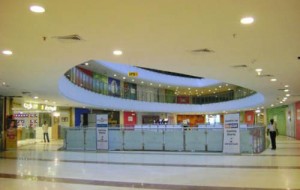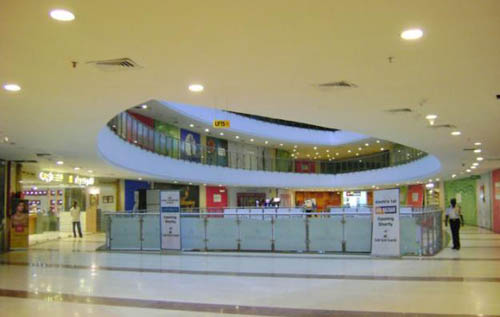 A new retail report released by Jones Lang LaSalle emphasises that changes across the global retail banking environment continue to be driven by political, economic and technological trends. These trends will lead to continued bank expansion in frontier markets, offsetting the search for greater efficiency in developed markets.
A new retail report released by Jones Lang LaSalle emphasises that changes across the global retail banking environment continue to be driven by political, economic and technological trends. These trends will lead to continued bank expansion in frontier markets, offsetting the search for greater efficiency in developed markets.
The report, entitled Global Retail Banking: Key Trends for Retail Real Estate, identifies that changes in global retail banking will be fuelled by increasing customer demand for innovation, flexible service capability and banks actively managing their brand’s presence in a retail environment.
These drivers will result in retail banks making substantial changes to their established branch networks in developed markets. As a result, Jones Lang LaSalle predict that as much as 50% of existing retail bank branches in the developed world will be obsolete by 2020, as banks assess their space requirements. However, this decline will be offset by increased numbers of retail bank branches in developing countries such as Brazil, China and India.
Iain Mackenzie, Head of Jones Lang LaSalle’s Banking Industry Group in Asia Pacific said: “Asia Pacific is a region of contrast with mature markets such as Australia and Japan sitting alongside developing markets including Indonesia and China. The key to success here will be to develop a far more customized branch network able to service a customer base that ranges from people still making physical cash deposits or taking out $100 micro-loans, through to high-net-worth individuals demanding personalized services and first-class experience.
Technology is the game changer. For banks in developing markets that are not as invested in legacy systems, there is significant opportunity to bypass the large, expensive and potentially obsolete physical branch networks and explore alternative channels that are flexible, mobile and tailored for their customers. This ability to customize and the flexibility to bring innovations to market quickly may provide many banks in this region with a competitive advantage over their Western counterparts, similar to what we have seen in the telecommunications industry.”
Robert Bonwell, CEO EMEA Retail, Jones Lang LaSalle explained: “The perfect storm facing the global banking industry continues unabated. However, within the kaleidoscope of increasing regulatory, legislative and legal scrutiny, retail banks face the greatest opportunity of all retail sectors to unlock the power of their real estate networks.
New retail formats and new technology offer diverse options for those looking to drive efficiency of legacy branch portfolios, enter new markets or increase their competitive advantage. The challenge is to ensure that accelerating retail bank real estate change remains a priority and gets the attention it deserves.”
Anuj Puri, Chairman & Country Head, Jones Lang LaSalle India, adds an India-specific viewpoint: “Leasing in the Indian office space is dominated by three industries – Information Technology (IT/ITES), Banking Financial Services & Insurance (BFSI) and Manufacturing. These sectors have contributed to over 75% of the leasing transaction volumes across Indian cities since 2003. By the nature of their business, banks need to occupy fairly large floor-plates in central business district locations. Thanks to their financial clout, multinational banks have so far been able to achieve this objective in India. Some of the largest real estate deals in the country have been by banks. At the same time, there has been a constant drive for consolidation, centralization and modernization of facilities within bank’s premises.”
Key findings of the report include:
- Retail banks increased focus on ‘multi-channel’; with banks focussed on getting the right physical presence in the right place, supplemented by mobile and internet banking services.
- Increased customer segmentation; focussing efforts on which services to provide to whom, where and how.
- Hi-tech experimental branches; with 24 hour access to call centre staff through video conferencing and other technological developments, and a move to mimicking customer-centric retail environments.
- More attention to data storage requirements; increased online and mobile transaction volumes





